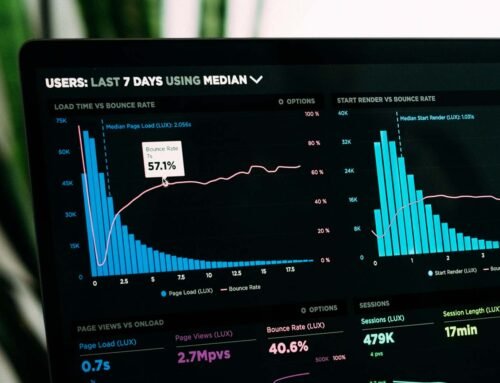In light of developments, digital marketing is becoming more complex, making it important to combine website design with SEO. As businesses seek to occupy as much of the digital sphere as possible, it certainly helps to know how to synchronize these two components. This blog focuses on the synergies between web design and SEO integration, as well as on responsive web design and on-page SEO to get the most out of your digital marketing efforts.
What Critical Role Do They Play?
A good site is not just one that looks good but one that is user-friendly and can easily be located by a search engine. Synchronizing web design and SEO integration means that your site will be both visually appealing and Google-friendly, improving site ranking and enhancing the user experience.
The Significance of Responsive Web Design
One of the significant themes in today’s web development is the need for responsive design. It ensures that whatever you create appears and loads well on every conceivable type of device, from computers to mobile phones. We discuss this below:
- Enhanced User Interaction:
Responsive design benefits users, as they can easily view the content on all devices. This helps decrease bounce rates, which search engines consider an indicator of site quality.
- Rapid Processing Speed:
A responsive website typically loads faster on mobile devices, and since visitors are less likely to stay on a slow site, this is an important factor affecting your search engine ranking.
- Integrated SEO:
With a responsive site, you ensure that your content has a single URL that search engines can crawl and index. It has its advantages in that it avoids the problem of content duplication, and also, if you manage your external SEO activities properly, keeps everything under one roof.
The Significance of On-Page SEO
However, in addition to responsive web design, you should adopt on-page SEO strategies to advance your site’s search engine ranking. These practices are outlined below:
- Improve Meta Descriptions and Tags:
Ensure that every page of the website has a unique and meaningful Meta description and title tag. These components can enhance search engine rankings and encourage people to visit the website.
- Make Good Use of Header Tags:
It is necessary to subcategorize the material to make them comprehensible for both people and, therefore, the search engines. Make proper categorization of your contents by using the (header tags). Proper use of headers helps in content categorization and makes it easier to scan.
- Use Relevant Keywords:
Naturally incorporate keywords within the content, using them in titles, subtitles, or paragraph text. Avoid focusing on ‘keyword density,’ as it negatively impacts SEO.
- Combining Web Design and SEO Integration for Better Results:
Rather than relying on different techniques, develop an integrated plan to ensure that design elements complement SEO goals. Regularly check the site to ensure that SEO and design approaches are current and align with changes in SEO algorithms and user expectations.
Conclusion:
All in all, web design and SEO integration must go hand in hand in the marketing strategies that a firm takes the internet domain. By focusing on both techniques, you can boost web traffic and overall SERP rankings. Implement these tactics to achieve an optimal web design and attract higher-quality traffic from search engines.




